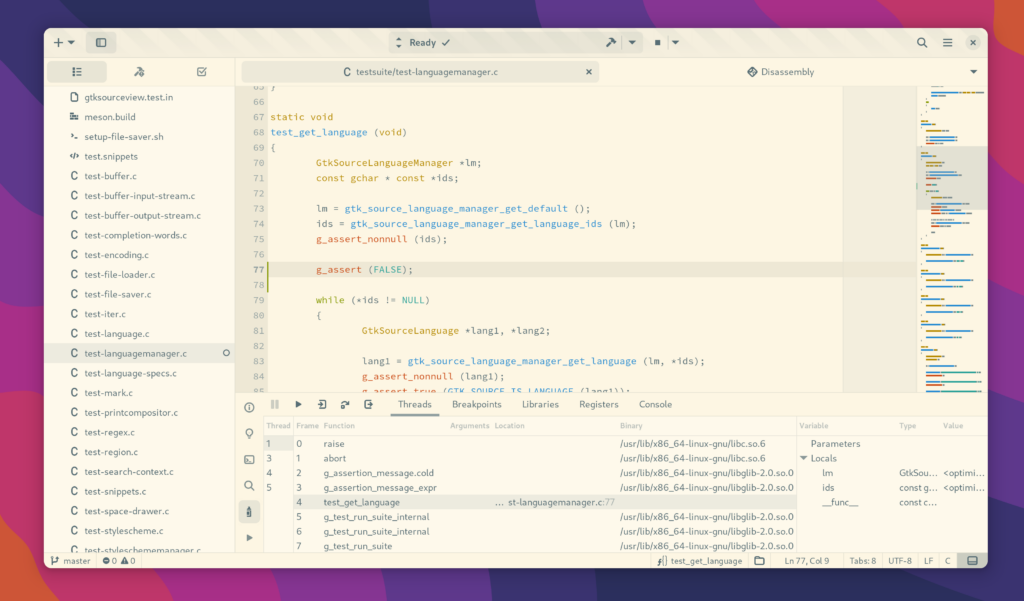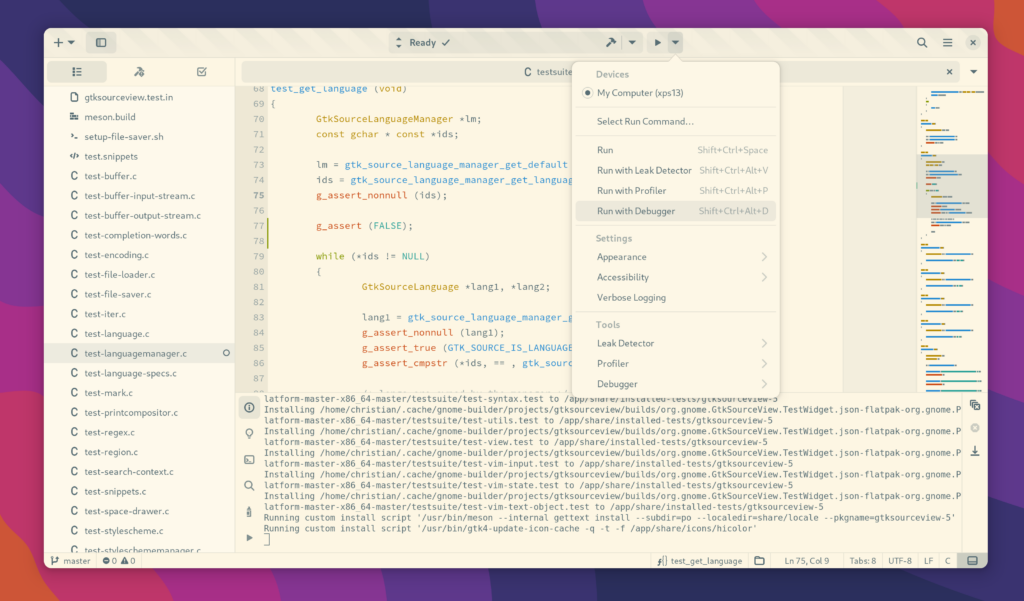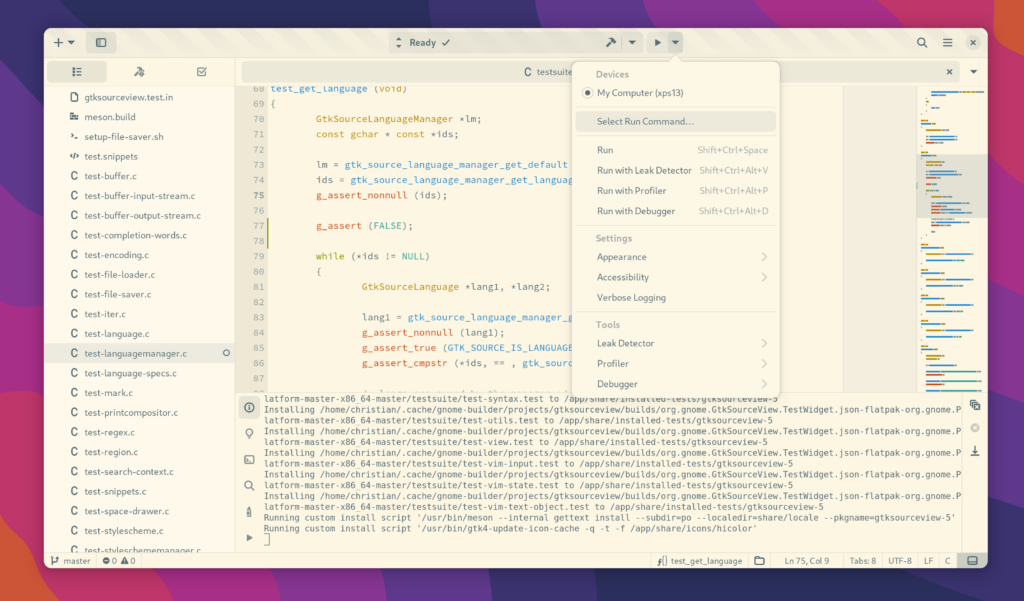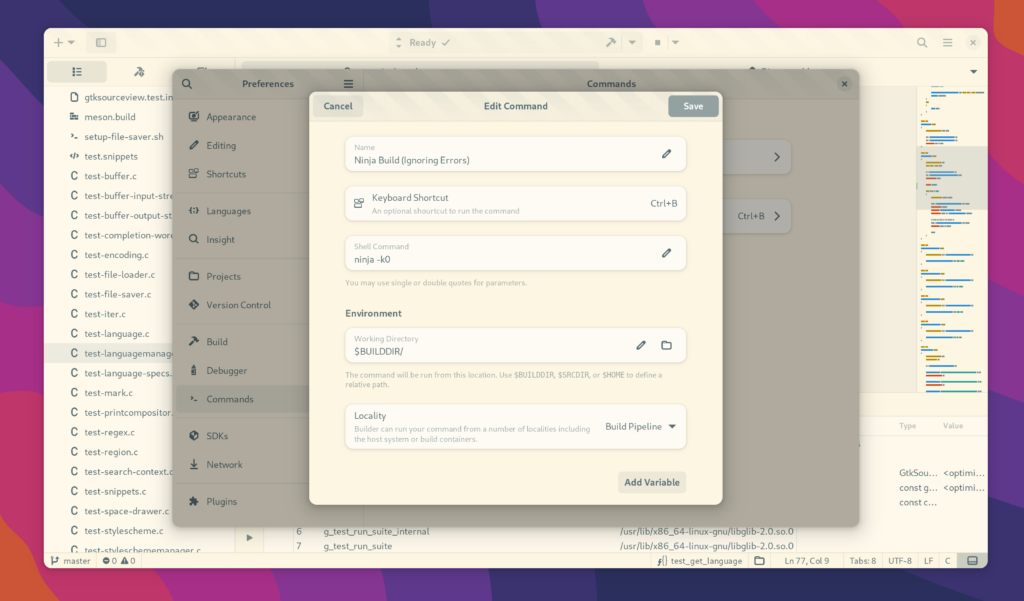It’s been another couple weeks of porting, along with various distractions.
The big work this time around has been deep surgery to Builder’s “Foundry”. This is the sub-system that is responsible for build-systems, pipelines, external-devices, SDKs, toolchains, deployments-strategies and more. The sub-system was starting to show it’s age as it was one of the first bits of Builder to organically emerge.
One of the things that become so difficult over the years is dealing with all the container layers we have to poke holes through. Running a command is never just running a command. We have to setup PTYs (and make sure the TTY setup ioctl()s happen in the right place), pass environment variables (but to only the right descendant process), and generally a lot more headaches.
What kicked off this work was my desire to remove a bunch of poorly abstracted bits and we’re almost there. What has helped considerably is creating a couple new objects to help manage the process.
The first is an IdeRunContext. It is sort of like a GSubprocessLauncher but allows you to create layers. At the end you can convert those layers into a subprocess launcher but only after each layer is allowed to rewrite the state as you pop back to the root. In practice this has been working quite well. I finally have control without crazy amounts of argument rewriting and guesswork.
To make that possible, I’ve introduced an IdeUnixFDMap which allows to manage source↔dest FD translations for FDs that will end up in the subprocess. It has a lot of helpers around it to make it fit well into the IdeRunContext world.
All of this has allowed the new IdeRunCommand to really shine. We have various run command providers (e.g. plugins) all of which can seamlessly be used across the sub-systems supporting IdeRunContext. Plugins such as meson can even export unit tests as run commands.
The shellcmd plugin has also been rewritten upon these foundations. You can create custom commands and map them to keyboard shortcuts. The commands, like previous version of Builder, can run in various localities. A subprocess, from the build pipeline, as an app runner, or on the host. What has improved, however, is that they can also be used in surrogate of your projects run command. These two features combined means you can make Builder work for a lot of scenarios it never did before by configuring a few commands.
There aren’t a lot of screenshots for things like this, because ideally it doesn’t look too different. But under the hood it’s faster, more reliable, and far more extensible than it was previously. Hopefully that helps us cover a number of highly requested use-cases.




